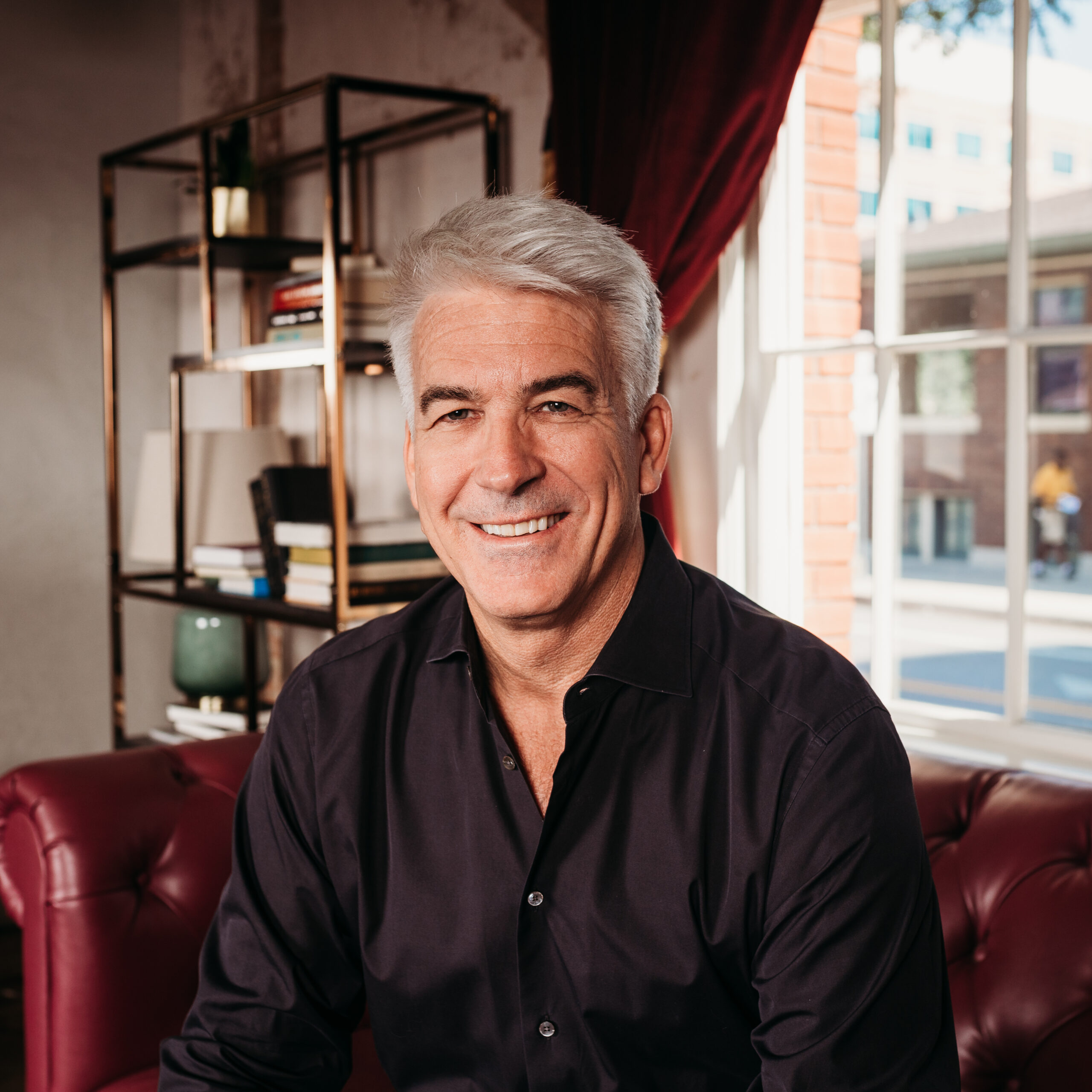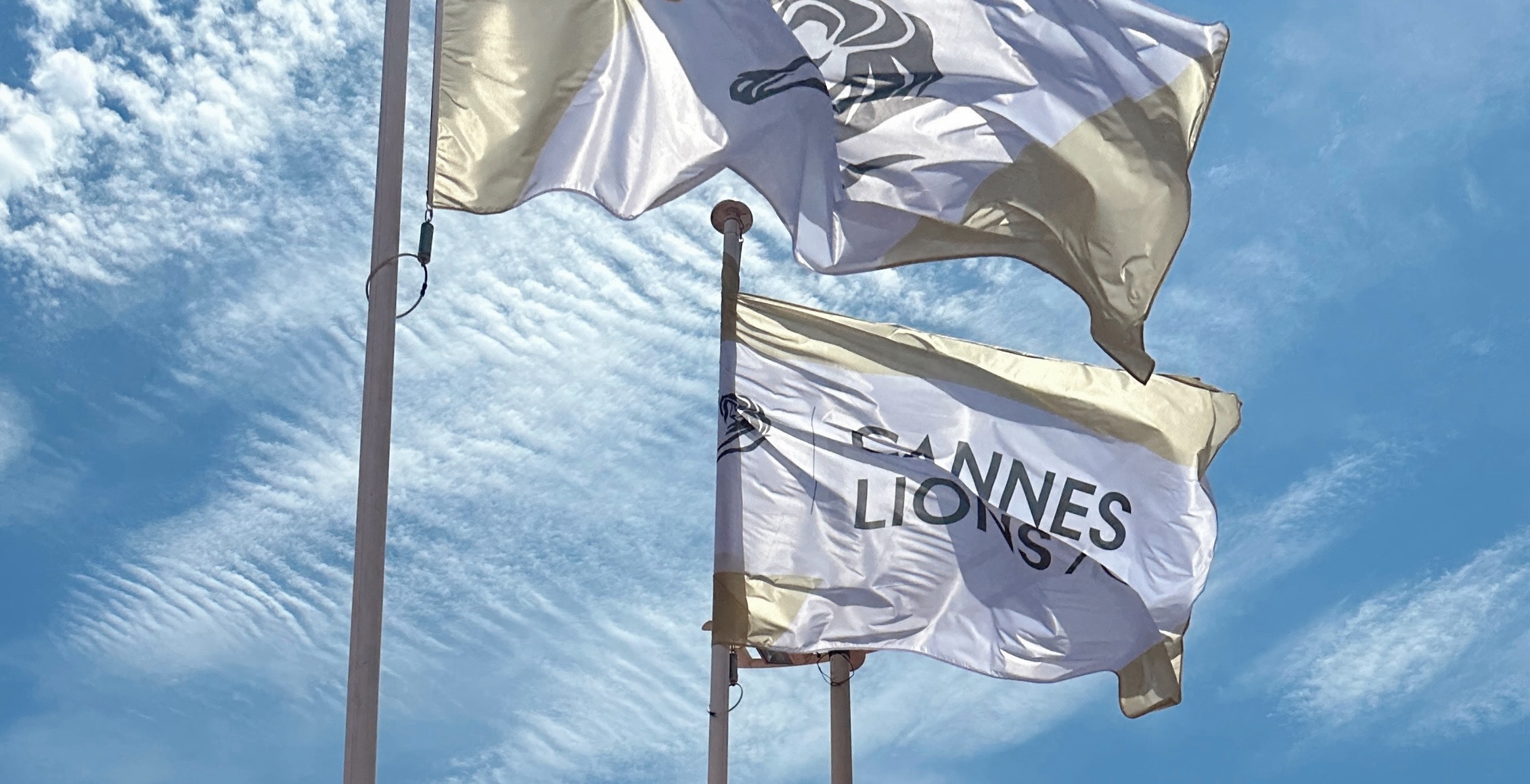A Guide to Groups, Facebook’s Most Underappreciated Tool For Brands

By Lisa Singelyn, VP, Celebrity and Influencer [Header image credit: Canva]
What if a single platform was a focus group, fan club, product development tool, influencer/ambassador identifier, lead generator, and promotional and communication tool all at once—and it was free to use? In fact, Facebook’s Groups product is all that, and surprisingly few brands are taking full advantage.
While Facebook the company is embattled by an advertiser boycott and increased political scrutiny, Facebook the platform is thriving as an outlet for users to escape the banality of shelter-in-place or quarantine mandates and connect with friends, family, strangers, and favorite brands. Facebook’s Q2 monthly active users rose to 2.7 billion, up 12% from the same quarter a year ago.
Facebook’s 10 million Groups, communities formed around shared interests and affinities rather than personal relationships and acquaintances, were used by over 1.4 billion people worldwide before the start of the pandemic, according to the company. These people are part of what Facebook calls “meaningful groups,” which they define as “communities that, upon joining…become the most important part of your Facebook experience and a big part of your real-world social infrastructure.”
Groups offer many users a glimmer of connection or a much-needed diversion right now. It can be oddly comforting to discuss even the most ordinary subjects with like-minded people across the world, including parenting, exercise, and even making dinner. With Facebook Groups, brands have a unique opportunity to step in and provide a safe space for consumers to engage without feeling “sold to” or monetized.
“The Instant Pot Community,” a Group run by Instant Brands and its agency partners, is the largest Group run by a brand, with 2.7 million members. It’s currently adding about 5,000 members a week and accepting over 112,500 posts a month. In contrast, Instant Pot’s Facebook Page hosts just 10% of the Group’s membership.
The Group is public, meaning anyone can see who’s in the Group and what they post. Instant Brands intentionally limits promotion of its own products here, other than the strong branding in profile photos, occasional recipe content, and intermittent giveaways. Instead, the focus is on user-generated content, allowing people to “post unique recipes, get useful tips and generally share the joy of cooking with (their) revolutionary multi-cookers.” While they do offer limited customer service, most of the posts feature member recipes and photos, “What should I make tonight?” queries, cooking challenges, and even N95 mask decontamination instructions.

Essentially, the Group functions as a de facto focus group combined with a content creation hub, as the company will occasionally feature user photos with permission. Not surprisingly, the members shower the brand with love.
“As a single mom, the Instant Pot has totally changed how we eat as a family,” says Kirsty Wohl, a Group member since 2017. “Being in the Instant Pot (Community) Group helps me find new recipes my kids will like that are healthy, and I can talk to or read about other moms and their mealtime struggles. I don’t feel so alone.”
As a marketer, you may wonder why a Facebook Group is needed in addition to a Facebook Page. On Pages, communication flows mainly in one direction. That is, the brand posts, and users can react. While only admins can publish on a brand’s Page, any member of a Facebook Group can post and initiate a discussion thread, often via a moderated content approval queue. Since Groups support multi-lateral communication on a more equal basis, they can reveal a wider variety of customer segments, insights, and testimonies. In the past few years, Facebook’s News Feed algorithm has prioritized Groups that users identified as meaningful to them – the ones they engage with often, have followed for a long time, and have lots of posts and activity. And, last week Facebook confirmed that it is testing post-level analytics for Groups, which can help inform engagement strategies.
Official Peloton Member Page is a busy branded Group of 324K+, with over 300 average posts a day – almost all by members. This Group is “closed,” meaning non-members can search for and view the name, description and member list, but content is only visible to members, adding a touch of exclusivity. Peloton runs similar groups in the UK and Germany, and one just for moms. The US group provides a “clubhouse” of sorts, a space where members can share exercise plans, techniques, schedules, and milestones with one another and the brand.
In #FeatureFriday, Peloton asks for ideas and suggestions for feature requests pertaining to leaderboards, bikes, treads, their app, etc. This seemingly simple weekly poll of the membership correlates to valuable conversations, enthusiastic reviews, long-term brand affinity, and cost-effective CRM strategy.

Recent spontaneous member posts include a woman who says the brand saved her from Type 1 diabetes; a mom who lost her 18 year-old son but hopped back on the bike days later, pronouncing, “Thankful for this bike, and this Peloton family;” and a man who has lost 165 pounds in one year, exclaiming, “I am in the process of changing my life with the help of Peloton and thousands of Peloton friends.”
Data from Sprout’s Social Index notes that nearly half of consumers join Facebook Groups so they can engage with brands directly. It’s an opportunity for brands to nurture consumers, get feedback, and build trust. Facebook Groups can be used by brands large and small for many purposes, including generating content, product testing, promoting events, customer and product support, identifying and developing brand ambassadors, an exclusive hub for people who have purchased a product, and much more.
Key Takeaways:
- While maintaining your Facebook Page to inform customers about your company, product and industry, consider adding on a Group to naturally cultivate and capture brand loyalty, reward customers with no- or low-cost perks, and make them feel special.
- When you create a group that’s made up of people who match your target consumer, you’ll have daily organic opportunities to improve awareness of your brand and your business.
- With organic reach at an all-time low across social media for businesses, Facebook Groups are a powerful way to reach and engage with customers without being confined by the platform’s algorithm.
UPDATED 10/26/20:
On October 1, 2020, Facebook held its Facebook Communities Summit, an exclusive event (virtual this year) where top community leaders hear from the company about new features and tools and connect with fellow leaders.
Some of these features, such as Group Admin Assist and Profile Customization by group and have already started early testing in a very small number of groups and will begin rolling out to more Groups soon. Of note, Facebook will soon launch a test of a new feature that highlights public Group discussions to non-members, including both on Facebook and off, via web searches.
As part of its effort to support community managers, Facebook also rolled out a new Facebook Community Manager Certification Program intended to “measure the comprehension and application of best practices and standards for online community management.”
In her eight years at TMA, Lisa Singelyn has led Social Media Marketing, Influencer Marketing and Celebrity & Influencer Operations. As a moderator for Grown and Flown Parents, a Facebook Group for parents of kids ages 15-25 with 165K members, and the founder of half a dozen other Facebook Groups, she is a member of Facebook’s invite-only Power Admins, a group of admins of active, supportive communities.


